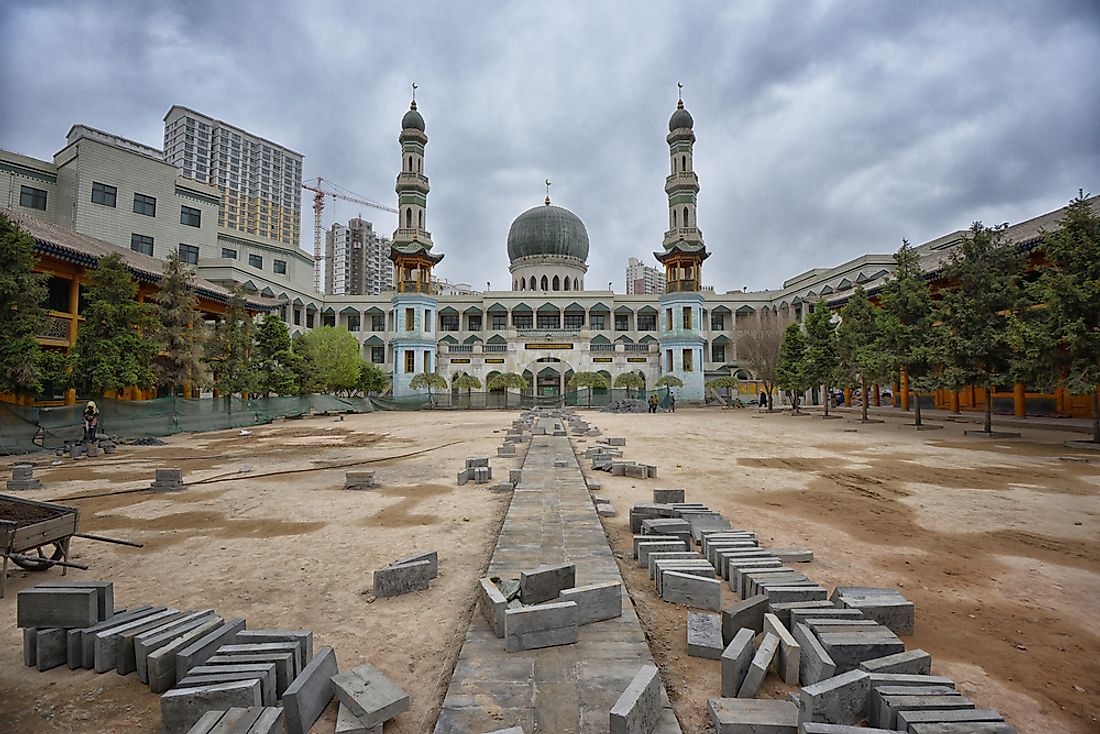Xining – The Capital Of Qinghai Province

The capital city of the Qinghai province of China is Xining which is located on the eastern part of the province. Xining is the largest city in western China as well as the largest town found on the Tibetan Plateau. It lies on the Huangshui River covering an area of 140 square miles. The city of Xining is home to about 2.2 million people according to the 2010 statistics. It is categorized among the prefecture-level cities. The term Xining means “Peace in the west.” In ancient China, Xining acted as a commercial center and religious center.
Brief History
Xining has always held a strategic position in the affairs of the Chinese people. The town was already in existence 2,100 years ago. Consequently, it was a stronghold in four major dynasties namely the Song Dynasty (1104 CE), Han Dynasty (206-220 CE), Tang Dynasty (618-907 CE), and Sui Dynasty (581-618 CE). Historically, Xining is famed to have been a commercial hub located along the ancient Hexi Corridor found within the Northern Silk Road. Initially, the city was a part of the Gansu Province. However, it became the capital of Qinghai Province in 1928 following the establishment of the province. Xining received the municipal status in 1944. There have been two major disasters that hit the town. The first one was a major earthquake that took place in 1927, claiming the lives of about 40,000 people. Secondly, in 1941, Japanese warplanes attacked Xining causing extensive damage.
Economic Activities In Xining
The major economic drivers of the city are mining and animal rearing. Farmers who inhabit Xining engage in the rearing of animals to receive wool for spinning, fur, and engagement in tanning operations. Salt mining mainly takes place at the Qaidan Basin and is often supplied to the chemical industries. On the other hand, the extraction of coal takes place at Datongxian that is located in the northern parts of Xining. The mining has led to the development of metallurgical industries and machine manufacturing industries. Industrialization and modernization started during the reign of Governor Ma Bufang. The industries are supported by well-established road networks such as the Lhasa and Lanzhou, air transport provided by the Caojiabao Airport and railway networks such as Lanzhou-Qinghai railway and the Lanzhou-Xinjiang High Speed Railway. China is often referred to as “China’s water tower” due to the presence of three major rivers namely Yellow River, Lancang River, and Yangtze River.
Climate Of Xining
Xining experiences a cold, semi-arid climate which is characterized by dry and windy springs, short summers, plenty of sunshine, and long cold winters. Due to the city’s low elevation, it is among the warmest towns in Qinghai. The monthly daily temperature ranges from 18.7˚F (January) to 63.1˚F (July). On the other hand, the annual mean temperature is 43˚F. Maximum temperatures range from 16˚F to 98˚F. In 2011, the WHO declared Xining’s air quality as the 2nd worst after Beijing.
Challenges Faced By Xining
Xining City has to deal with several challenges such as floods, erosion, and landslides. The erosion is as a result of the major rivers in the town as well as inappropriate land and farming practices. On the other hand, the landslides are caused by heavy rains.











